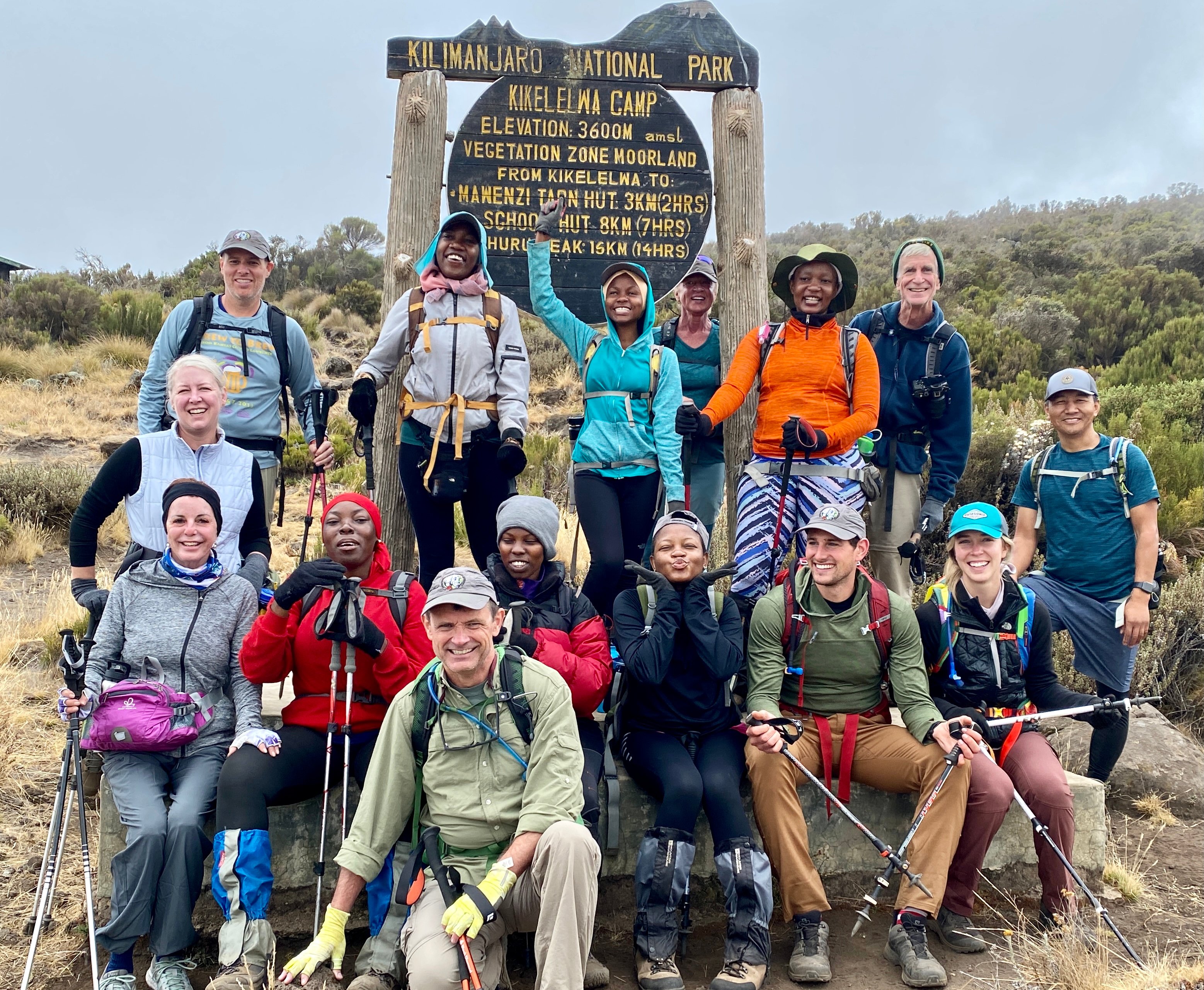Kilimanjaro
Mount Kilimanjaro is a stratovolcano located in Tanzania, Africa. It is the highest mountain in Africa, with an elevation of 5,895 meters (19,341 feet). It is a popular destination for travelers seeking adventure and an opportunity to experience the region's unique beauty.
Climbing Mount Kilimanjaro is a challenging but rewarding experience that requires good physical fitness and proper preparation. There are several routes to the summit of Kilimanjaro, with the Marangu Route and the Machame Route being the most popular. The Marangu Route is known for its easy access to accommodation and support services, while the Machame Route is known for its stunning views and challenging terrain.
A typical Kilimanjaro climb takes about 7-9 days, depending on your chosen route and pace. The climb begins at the mountain's base, where you will meet your climbing group and prepare for the journey ahead. You will follow a well-marked trail through various landscapes, including rainforests, alpine meadows, and barren high-altitude deserts.
As you climb, you will experience a range of temperatures and conditions, with the weather becoming colder and drier as you ascend. The final stretch to the summit is known as the "death zone," where oxygen levels are low, and the weather is freezing and unpredictable.
Overall, climbing Mount Kilimanjaro is a challenging but rewarding experience that offers an opportunity to experience the region's unique beauty and the thrill of reaching the highest point in Africa. It is an experience that requires proper preparation and a good level of physical fitness, but the rewards of reaching the summit make it all worth it.
Best Time to Travel
The best time to climb Mount Kilimanjaro depends on your preferences and the type of experience you seek. The mountain can be climbed year-round, but the weather and conditions vary significantly depending on the season.
Generally, the dry seasons of January to March and June to October are considered the best times to climb Kilimanjaro. During these times, the weather is typically dry and sunny, with clear skies and good visibility. The temperatures are also more moderate, with warmer days and cooler nights.
The wet seasons of April to May and November to December are typically considered the worst times to climb Kilimanjaro. During these times, the weather is typically damp and cloudy, with a higher chance of rain and lower visibility. The temperatures are also more extreme, with hot days and cold nights.


